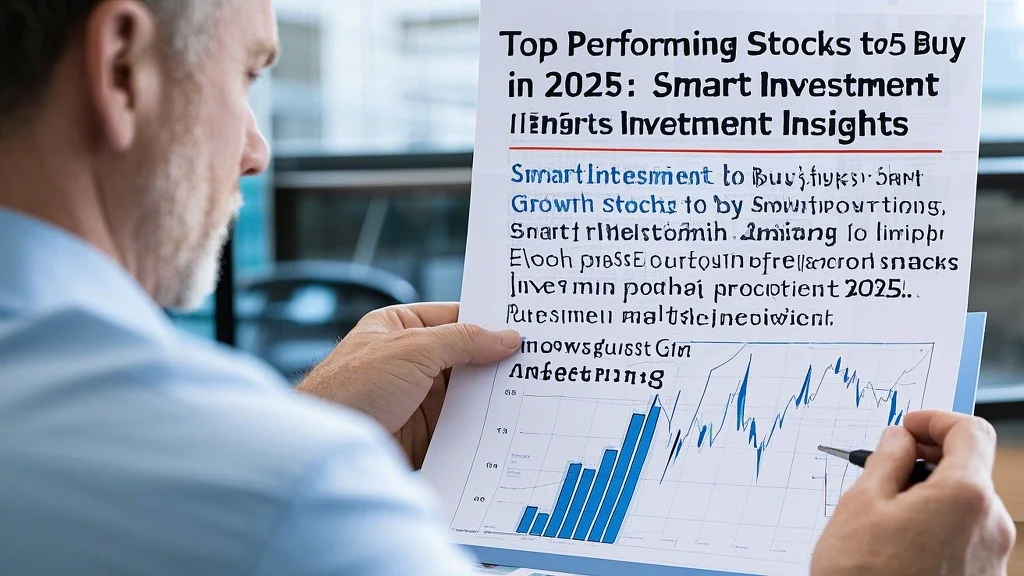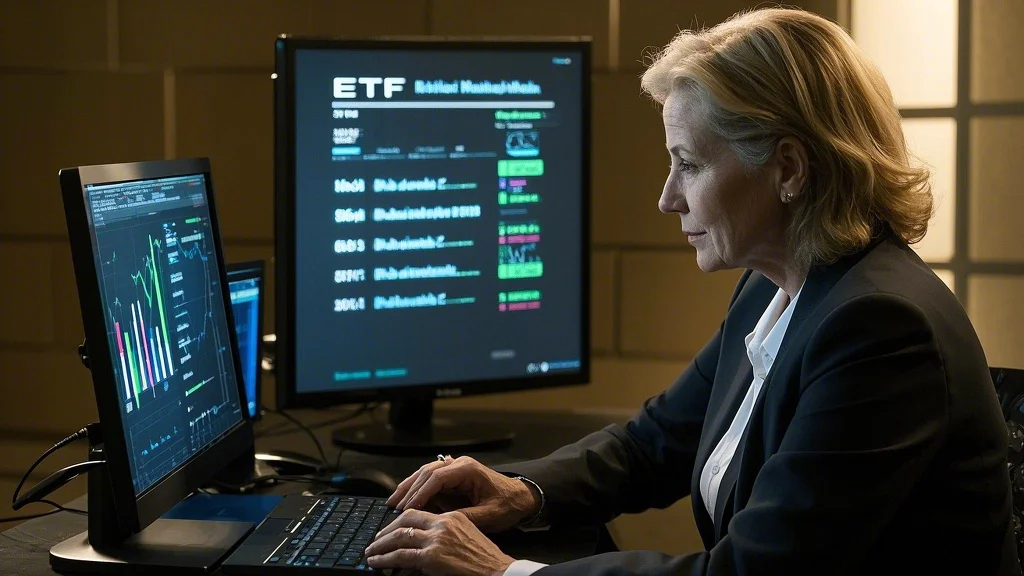The Evolving Landscape of Cryptocurrency Investments
Navigating the world of cryptocurrency investments requires understanding both its revolutionary potential and inherent volatility. Unlike traditional assets, cryptocurrencies operate in a 24/7 global market that never sleeps, creating unique opportunities and challenges for investors. The space has matured significantly since Bitcoin’s early days, now encompassing everything from established coins to decentralized finance (DeFi) platforms and non-fungible tokens (NFTs). What makes this asset class particularly intriguing is its dual nature – serving as both a speculative investment and a technological bet on blockchain’s future applications. Investors approaching this market need to recognize that while the rewards can be substantial, the risks are equally pronounced, requiring a different mindset than traditional stock market investing.
The most successful cryptocurrency investments often come from those who take the time to understand the underlying technology rather than just chasing price movements. Blockchain’s potential to disrupt industries from finance to supply chain management creates fundamental value beyond mere speculation. However, the market remains crowded with projects of varying quality, making thorough research essential. Unlike stocks where established metrics like P/E ratios provide guidance, crypto assets require evaluating factors like network activity, developer communities, and real-world adoption. This knowledge gap separates informed investors from those simply gambling on price fluctuations in an extremely volatile market.
Choosing Smart Investment Platforms for Crypto Assets
With hundreds of exchanges and wallets available, selecting smart investment platforms becomes crucial for cryptocurrency participants. The ideal platform combines robust security measures with intuitive interfaces and reasonable fees – a triad that’s surprisingly difficult to find. Established exchanges now offer features rivaling traditional brokerages, including staking rewards, tax reporting tools, and even debit cards that spend crypto holdings. Yet the decentralized nature of this ecosystem means investors often need to use multiple platforms: perhaps a mainstream exchange for initial purchases, a hardware wallet for long-term storage, and specialized DeFi platforms for yield-generating activities.
The most sophisticated smart investment platforms now incorporate institutional-grade security protocols while remaining accessible to retail investors. Features like multi-signature wallets, withdrawal whitelists, and time-delayed transactions provide additional protection against hacking attempts. For active traders, platforms offering advanced charting tools and API integrations allow for more strategic positioning. Perhaps most importantly, reputable platforms maintain transparent proof-of-reserves, giving investors confidence that their assets actually exist and aren’t being lent out without consent. As regulatory frameworks evolve, platforms that proactively comply with emerging standards will likely separate themselves from competitors facing legal challenges.

Balancing High-Return Investments With Risk Management
Cryptocurrencies represent the quintessential high-return investments of our era, with the potential for both life-changing gains and devastating losses. The key to successful participation lies in portfolio allocation – even the most bullish crypto investors rarely allocate more than 5-10% of their total portfolio to this asset class. This measured approach allows participation in upside potential while limiting exposure to the market’s notorious volatility. Seasoned investors often use dollar-cost averaging to build positions gradually rather than attempting to time the market, recognizing that even experts struggle to predict short-term price movements in this space.
What makes high-return investments in crypto particularly challenging is the lack of traditional valuation anchors. While stocks can be analyzed through cash flows and bonds through yield curves, crypto assets often trade on narratives and network effects. This doesn’t mean analysis is impossible – metrics like active addresses, transaction volumes, and hash rates provide insight into network health. The savviest investors combine these on-chain metrics with macroeconomic analysis, recognizing that crypto markets increasingly correlate with traditional risk assets during periods of financial stress. Perhaps most importantly, successful investors establish clear exit strategies before entering positions, knowing that emotions run high during both euphoric rallies and panic selloffs.
Emerging Investment Opportunities in the Crypto Ecosystem
Beyond simply buying and holding coins, the crypto space offers diverse investment opportunities that many traditional investors overlook. Staking allows participants to earn yield by helping secure proof-of-stake blockchains, often generating higher returns than conventional fixed-income products. Liquidity mining in DeFi protocols rewards users for providing trading pairs to decentralized exchanges, though these strategies carry smart contract risks. Even the NFT space has evolved beyond collectibles to include revenue-generating assets like music royalties or real estate tokens. These innovations create a spectrum of risk/reward profiles far more varied than the “all or nothing” reputation of early Bitcoin investing.
The most compelling investment opportunities often emerge at the intersection of crypto and traditional finance. Tokenized real-world assets like Treasury bills or corporate debt bring blockchain efficiency to established markets. Blockchain gaming projects are creating entirely new economic models where players can earn real value. Even conventional businesses are creating crypto-native revenue streams through loyalty programs or digital goods. Forward-thinking investors monitor developer activity across different blockchain ecosystems, as the most active communities often spawn the next wave of innovation. What makes this space unique is the pace of change – today’s obscure protocol could become tomorrow’s financial infrastructure.
Integrating Cryptocurrency With Traditional Stock Market Analysis
Sophisticated investors increasingly apply principles of stock market analysis to cryptocurrency markets, albeit with necessary adaptations. Technical analysis tools like moving averages and RSI indicators translate reasonably well to crypto charts, though the 24/7 trading schedule and higher volatility require adjusted parameters. Fundamental analysis shifts from examining financial statements to evaluating network metrics like daily active users or transaction fees. Even macroeconomic analysis plays a role, as crypto markets have developed sensitivity to interest rate expectations and liquidity conditions similar to growth stocks.
The most valuable stock market analysis techniques for crypto involve sentiment indicators and on-chain data rather than traditional valuation models. Exchange net flows can signal accumulation or distribution patterns, while futures market positioning indicates trader sentiment. The correlation between Bitcoin and traditional risk assets like the NASDAQ has strengthened significantly, making broader market analysis relevant to crypto investors. However, the market’s relative youth means historical patterns have shorter track records, requiring more cautious interpretation. Investors who successfully adapt traditional analysis frameworks while respecting crypto’s unique characteristics often gain an edge in this rapidly evolving market.
Building a Sustainable Crypto Investment Strategy
Creating a durable approach to cryptocurrency investments requires balancing conviction with humility. The market’s history is littered with projects that promised revolution but delivered only speculation. Successful strategies typically involve a core position in established assets like Bitcoin or Ethereum, complemented by smaller allocations to promising altcoins and platform-native tokens. Security practices become paramount – using hardware wallets for cold storage and enabling all available account protections. Tax planning also requires special attention, as crypto transactions trigger taxable events in ways that might surprise traditional investors.
The most forward-looking investors treat crypto as both an investment and a learning opportunity about blockchain’s transformative potential. Rather than just speculating on prices, they explore actual usage of decentralized applications to understand real-world utility. This hands-on experience provides insights no whitepaper can convey. As institutional adoption grows and regulatory clarity improves, crypto is transitioning from the wild west of finance to an established asset class – albeit one that will likely remain more volatile than traditional markets. Investors who maintain disciplined strategies while staying adaptable to the ecosystem’s rapid evolution position themselves best for whatever comes next in this fascinating financial frontier.



